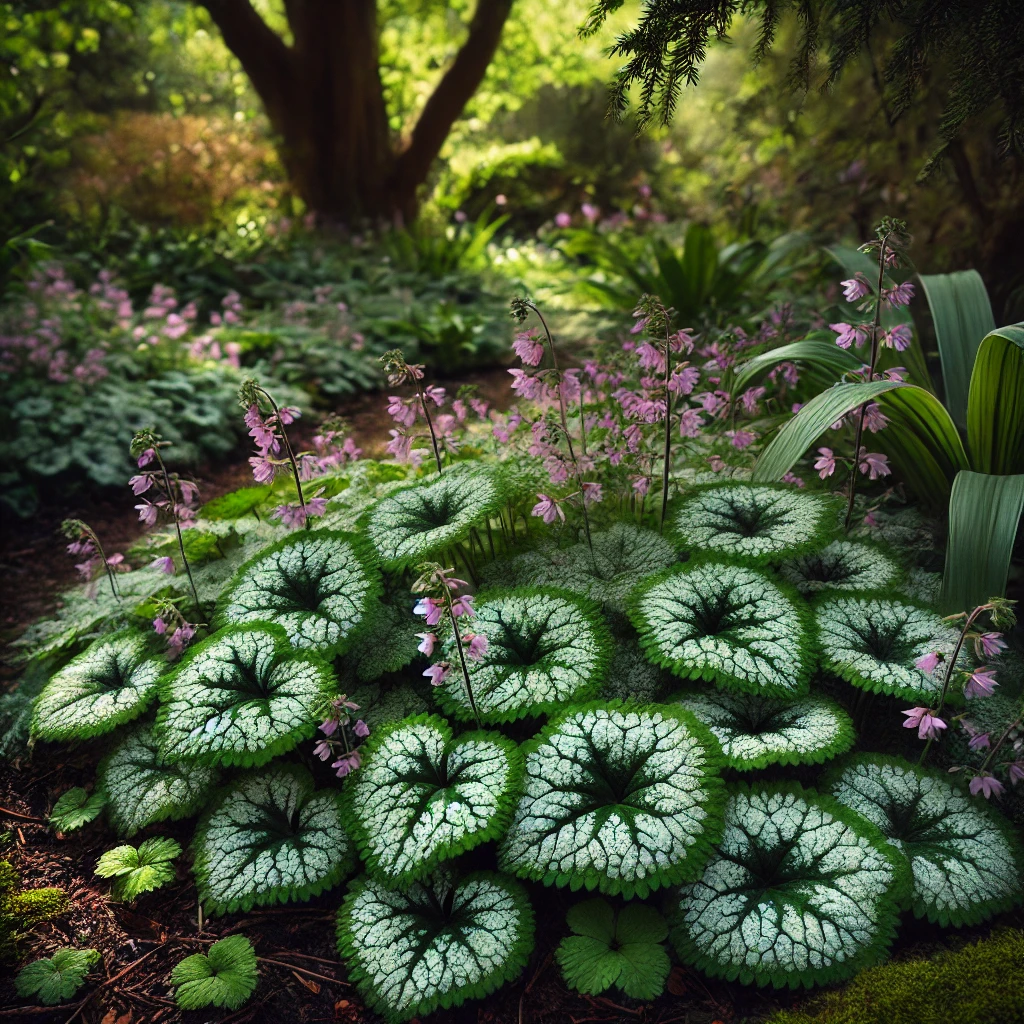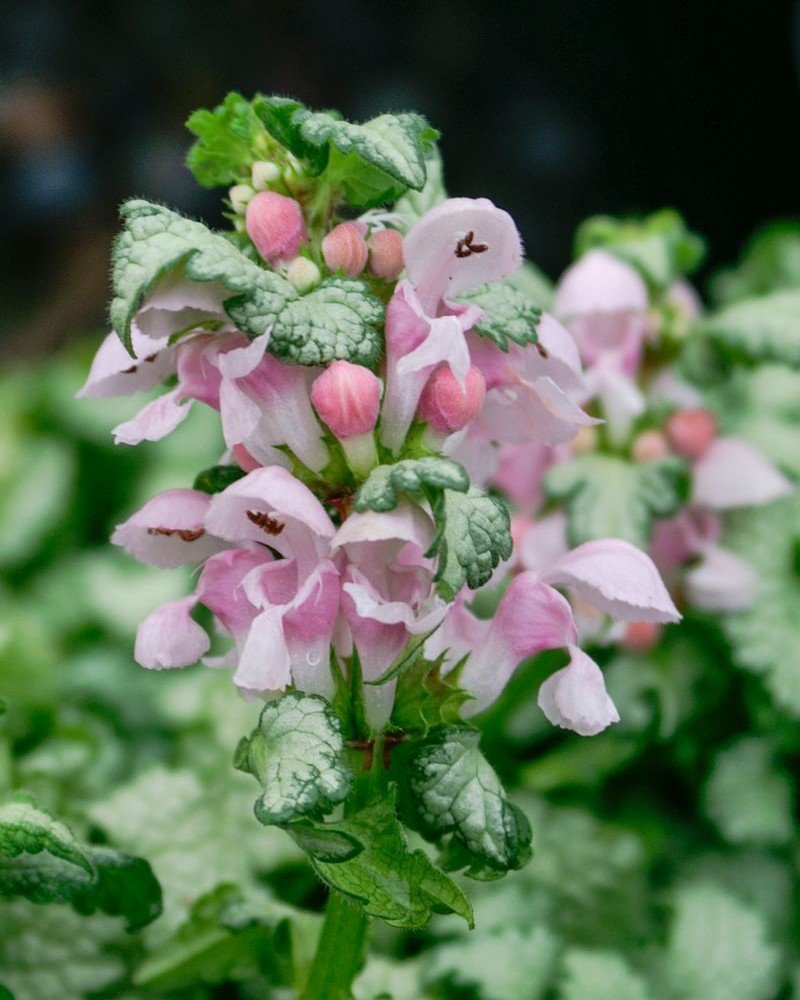Discover the beauty of Lamium maculatum! Learn how to grow, care for, and utilize this versatile ground cover plant known for its vibrant foliage and delicate flowers. Perfect for gardeners of all levels!
Lamium maculatum, commonly known as spotted dead-nettle, is an attractive ground cover plant that brings beauty and versatility to any garden. In this guide, I’ll share my expert tips on how to grow, care for, and use Lamium maculatum, ensuring your garden flourishes with this stunning plant.
Here’s a detailed chart for Lamium maculatum:
| Category | Information |
|---|---|
| Botanical Name | Lamium maculatum |
| Common Name | Spotted Deadnettle |
| Plant Type | Herbaceous perennial |
| Hardiness Zone | USDA Zones 3–8 |
| Sun Exposure | Partial shade to full shade |
| Soil Type | Well-draining, moist, fertile soil |
| Watering | Moderate; keep soil evenly moist but not waterlogged |
| Growth Habit | Low-growing, spreading |
| Height/Spread | 6–12 inches tall, 12–24 inches wide |
| Special Features | Variegated leaves with silver markings; purple, pink, or white flowers; deer-resistant; excellent ground cover |
Introduction to Lamium Maculatum

As a seasoned horticulturist, I can attest to the charm of Lamium maculatum. With its eye-catching foliage and delicate flowers, it’s an excellent choice for shady areas in your garden. This hardy perennial not only adds color but also serves as a ground cover to prevent weeds and soil erosion.
Characteristics of Lamium Maculatum:
- Foliage: Heart-shaped leaves, typically green with silver markings.
- Flowers: Small, tubular blooms that can be white, pink, or purple, appearing in spring and early summer.
- Growth Habit: Spreading growth, reaching about 6-12 inches in height.
- Hardiness: Thrives in USDA hardiness zones 3-8.
For more detailed information on Lamium species, visit the Missouri Botanical Garden.
Growing Lamium Maculatum

Ideal Growing Conditions
To cultivate healthy Lamium maculatum, consider the following conditions:
- Light: Prefers partial to full shade but can tolerate some sun. Too much direct sunlight can scorch the leaves.
- Soil: Thrives in well-draining, moist soil enriched with organic matter.
- Moisture: Regular watering is essential, especially during dry spells, but avoid soggy conditions.
Planting Steps
- Choose a Planting Site: Look for a location with partial to full shade, ideally under trees or in shaded garden beds.
- Soil Preparation: Amend the soil with compost or well-rotted manure to improve fertility and drainage.
- Planting Process:
- Dig a hole that is slightly larger than the root ball.
- Place the plant in the hole, ensuring the top of the root ball is level with the soil surface.
- Backfill with soil and water thoroughly.
For detailed planting instructions, check out the Royal Horticultural Society’s planting guide.
Caring for Lamium Maculatum
Watering
- Keep the soil consistently moist, especially during dry spells.
- Mulching can help retain moisture and suppress weeds.
Fertilizing
- Apply a balanced, slow-release fertilizer in early spring to promote healthy growth.
- Avoid over-fertilizing, as this can lead to leggy growth and reduced flower production.
Pruning
- Prune back any overgrown or leggy stems in early spring to maintain a compact shape.
- Deadheading spent flowers can encourage more blooms and prolong the flowering period.
Propagation
Lamium maculatum is easily propagated through:
- Division: In spring or fall, dig up clumps and divide them into smaller sections. Replant immediately.
- Cuttings: Take stem cuttings in late spring, allowing them to root in moist soil.
For more detailed propagation techniques, visit the University of California Cooperative Extension’s guide.
Pest and Disease Management
Lamium maculatum is relatively pest-resistant but can occasionally face issues, including:
- Aphids: Treat with insecticidal soap or neem oil.
- Powdery mildew: Ensure good air circulation and avoid overhead watering.
- Root rot: Avoid waterlogged conditions by ensuring proper drainage.
For more information on pest management, check out the Purdue University Plant and Pest Diagnostic Laboratory.
Landscape Uses
Lamium maculatum is incredibly versatile in the landscape:
- Ground Cover: Perfect for filling in shady spots and preventing soil erosion.
- Borders and Edges: Use along pathways or borders for a splash of color.
- Wildlife Gardens: Attracts pollinators like bees and butterflies.
Environmental Benefits
- Provides habitat for beneficial insects.
- Helps suppress weeds and reduce soil erosion.
Learn more about the ecological benefits of ground cover plants from the USDA Natural Resources Conservation Service.
Lamium maculatum is a beautiful and low-maintenance addition to any garden, offering vibrant foliage and delicate flowers. With proper planting, care, and maintenance, this versatile ground cover can thrive and enhance your landscape.
For more in-depth information on ground cover plants, visit the American Horticultural Society.